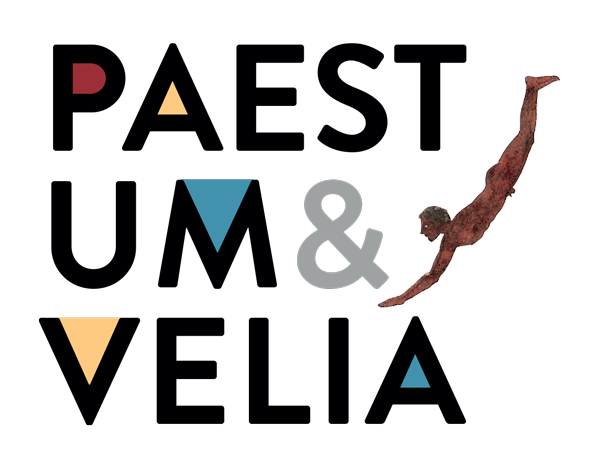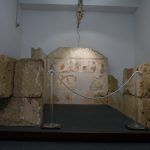- Reperti
- Sala pitture lucane
- Tomba dipinta
- Tomba dipinta
The fortune, wealth and influence of the Greek culture did not abate even when, around the end of the 5th century BC, the city’s rulers changed. With a gradual process that lasted a few decades, the Lucanian people, who lived in the wild mountains of the outback, took over several places in Campania, including Poseidonia. And its name was changed to Paistom.
The Greeks’ old servants and mercenaries, who had now become the only ruling class, were in power for about a century and a half, during which Paistom always retained its role as political, commercial, cultural and artistic landmark. Archaeological evidence tells of extremely high-quality craft, such as the vases painted by renowned artists: Assteas, Python, the Painter of Aphrodite. The painted tombs of the aristocracy depict warriors in arms and richly dressed women, and games and funerary rituals similar to those of other peoples of ancient Italy. But the city retained its Greek appearance, with the two sanctuaries and the wide agora in the centre, where the shrine to the founder – the heroon, seat of a civic worship – and the ekklesiasterion – the seat of public meetings – still stood out. In short, it was a mixed society, where the languages – Oscan and Greek – intermingled just like the customs.
The Lucanian rule only had a very short lull between 332 and 331 BC, when the King of Epirus Alexander Molossus, at the request of the people of Taras [Taranto] to aid them, engaged in battle against the Lucanians and Bruttii and managed to seize the city. But his defeat and death restored the status quo, and the Lucanian rule over Paistom continued with no further hitches for about fifty years.

















